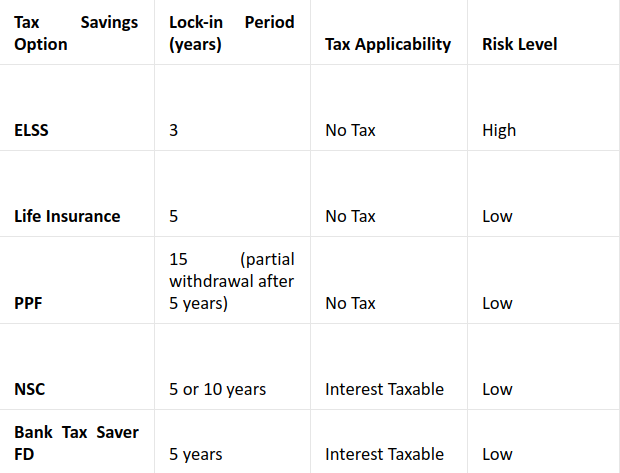It’s a universal truth that women lack confidence when it comes to investing in the market.
Although women are independent, earn good money and have access to all kinds of online services and information that their earlier generations never had, yet they stick stubbornly to cash savings in an era of rock-bottom interest rates.
Instead of taking charge of their financial future, women either leave financial matters to the men in their lives or ignore the importance of planning for it altogether. When asked about it, Monica, 33, a marketing professional said, “I find investment tricky plus saving up a percent of my salary is sometimes a task. What’s the easiest way?”. Whereas Seema, 29, advertising professional said, “I want to understand the market, but I get bogged down in all the jargon and end up completely confused”. What we found out through this survey was that for these women, the certainty of outcome far outweighs any desire for profit. But not that they don’t want to take any interest when it comes to building wealth through investment but all they need is a proper guidance. So, if you find yourself falling to this circle, read on.
Learn well and be prepared
Learning isn’t all that difficult, especially for a woman. Plus saving money comes naturally to us. So why not understand where to invest to further grow your wealth. Get hold of any newspaper, a book, online reading material, even Wikipedia (for the financial terms) and read them over and over again. Do this regularly for at least a month or two. In time, you will develop an understanding of what is going on in the financial world. You will acquire fair idea of what is going on in the world of economics and financial markets. You can also turn to friends and family members who invest and can enlighten you with their share of knowledge. The key is to take baby steps but just don’t stop.
Take control of investment – like every other task
Stop making excuses like you don’t have money or understanding or time for financial affairs. Don’t let your household duties, child’s responsibility or work for that matter come in between your financial planning. Housewives always have the excuse that they don’t earn salary and have no money to save. But what if your husband wants to buy you a new luxury car? Have you thought of asking for a more modest car and having the extra money placed in a savings account in your name?
And when it comes to an annual holiday, you can always pick a humble destination. There are numerous ways of cutting back and investing that money. Saving even just thousand rupees a month over 30 years, yielding an annual return of 10%, will provide you with more than twenty lakhs. For working women, it’s easier. Simply start budgeting and allocate your allowance or salary more sensibly. Every penny you save can change your future. The key is take control of your earnings.
Women can’t be better investors than men – Just drop the notion
Women think they are not good investors and don’t want to make mistakes with the money they have. This impression they have of themselves is wrong. It’s just that men are perceived to be better investors because they are more aggressive than women and are prepared to invest in shares – the asset class that outperforms all others over time. The reason women can do better when compared with groups of men is that they tend to do more research than men and don’t act as aggressively. Women look at a lot more factors before making a selection (The hot deals we pick while shopping). So if women can be better shoppers, they can even excel when it comes to bargaining to shares.
Take investment as a journey
Are you prepared for retirement? Your retirement can be 30 years or longer and you may seem you have enough time to plan for it. But start today! Learn about the different investment options and retirement plans that are available for you. You don’t have to be a financial genius to get started. Just have a clear picture as to what you want your retirement to look like. That picture will help you to stay on the road and propel you towards your dream.
To sum up, the first thing to do is recognise that you generally possess all the skills of building your wealth. The aversion to the risk of loss can be tempered by increasing your knowledge and finding a good adviser. Start reading the financial papers or articles today – invest 10 minutes a day in your future. And most importantly, remember that the money you need for your retirement may be available if you simply do a detailed budget and invest accordingly.
Stay updated with the latest trends on finance with us or for more details write to contact@sbsfin.com.
